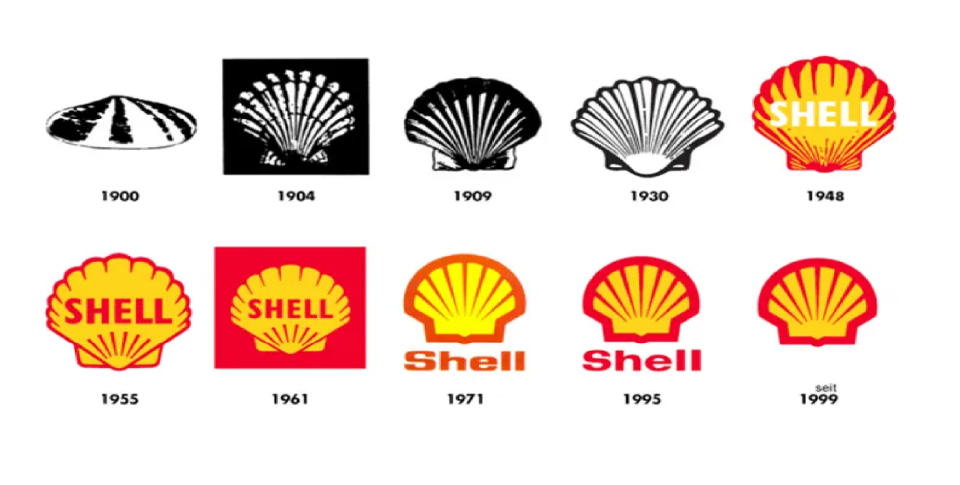By Christie U. Omonigho
- Supplying LNG is the biggest contribution Shell will be making to energy transition over the next decade
Shell Canada Energy, an affiliate of Shell plc (“Shell”), announced a couple of days ago the departure of its first cargo of liquefied natural gas (LNG) from the country’s LNG facility on the west coast. At 40%, Shell has the largest working interest in the LNG Canada joint venture. Located in Kitimat, British Columbia, the facility will export LNG from two processing units or “trains” with total capacity of 14 million tonnes per annum (mtpa).
“LNG Canada grows our leading integrated gas portfolio, providing a reliable supply of LNG to markets, most notably in Asia,” says Cederic Cremers, Shell’s President, Integrated Gas. “We expect that supplying LNG will be the biggest contribution Shell will make to the energy transition over the next decade, and projects like LNG Canada position our portfolio to achieve this.”
Adding that as Asian markets struggle to move away from coal, exports from LNG Canada were well positioned to play a critical role in global decarbonisation efforts. LNG is a lower-carbon alternative to coal when used for electricity generation and a partner for intermittent renewables.
Shells LNG Outlook 2025 forecasts global demand for LNG to rise by around 60% by 2040, largely to be driven by economic growth in Asia. Energy Window International (Media) gathered that LNG Canada’s strategic location on Canada’s Pacific Coast has connected cost-competitive upstream gas from British Columbia to growing Asian demand.
The facility is expected to bring a new source of economic development to British Columbia, delivering a competitive, secure, and reliable source of energy in partnership with local communities and First Nations.
It is a joint venture comprising Shell plc, through its affiliate Shell Canada Energy (40%); PETRONAS, through its wholly-owned entity, North Montney LNG Limited Partnership (25%); PetroChina Company Limited, through its subsidiary PetroChina Canada Limited (15%); Mitsubishi Corporation, through its subsidiary Diamond LNG Canada Ltd. (15%); and Korea Gas Corporation, through its wholly-owned subsidiary Kogas Canada LNG Ltd (5%). It is operated through LNG Canada Development Inc.
Energy Window International (Media) also learnt that Shell had at the Capital Markets Day 2025 announced plans to reinforce its leadership position in liquefied natural gas (LNG) by growing sales by 4-5% per year through to 2030.
Adding that each LNG Canada joint venture participant would be providing its own natural gas supply and individually offtake and market their respective share of LNG from the project.
All LNG produced at the facility — from day one — will be provided to Shell and the other joint venture participants, Shell said.
Over 50,000 Canadians were reported to have worked on the LNG Canada venture with more than $5.8 billion CAD in contracts and subcontracts to local, Indigenous-owned and other businesses in British Columbia.
Shell said the project included an option for a future Phase 2 expansion, which could be part of the construction of two additional LNG trains, bringing total capacity to 28 million tonnes per annum (mtpa).
The facility which was the first large-scale Canadian LNG project to begin production and also the first major facility in North America with direct access to the Pacific coast to significantly reduce sail time to Asian markets it would be recalled started producing its first LNG “at about 4 am of the country’s local time the faithful day a couple of days ago, upon swinging into production.
“The super-chilled gas is being produced from the facility’s Train 1, which has capacity of 5.6 mtpa, and the first LNG cargo is expected to be shipped by the beginning of July.”
It would also be recalled that one of Canada’s news sources had reported LSEG ship tracking device in June as indicating the approach of the LNG tanker – Gaslog Glasgow to Canada’s Kitimat port, with the expectation that the vessel would certainly arrive on June 29 for loading and take-off in July.
“Once the facility enters service, Canadian gas exports to the U.S. will likely decline, traders were reported to have said, as Canadian energy firms will have another outlet for their fuel. For now, the US is the only outlet for Canadian gas.”

